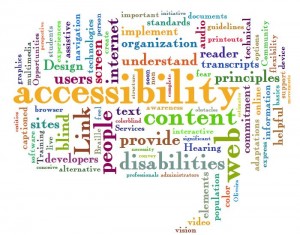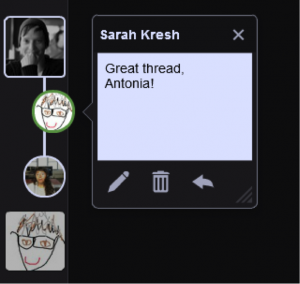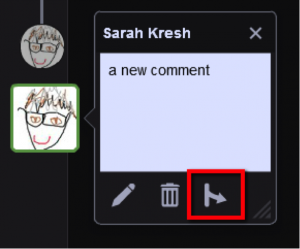 The end of December signals the approach of the New Year. OFDIT hopes to help instructors manage their workload and bring those celebrations even closer with the publication of new Quick Guides explaining how to easily tabulate students’ final grades using either Total Column or the Weighted Total Columns.
The end of December signals the approach of the New Year. OFDIT hopes to help instructors manage their workload and bring those celebrations even closer with the publication of new Quick Guides explaining how to easily tabulate students’ final grades using either Total Column or the Weighted Total Columns.
Both guides outline which settings to check to guarantee that your students’ grades are accurate and easy to report. Generally speaking, final grades correspond to the percentage of points students have earned relative to the number of point possible. In Blackboard, there are two ways you can calculate final grades: either by using Total Points and by setting up a Weighted Total.
A Total Column calculates final grades by simply adding up all of the points a student has earned and dividing it by the total number of points possible in your course. In other words, the weighting of assignments is done by assigning a different number of points possible per assignment. For example, a paper worth 100 points counts more toward a student’s final grade than a quiz worth 10 points.
In contrast, a final grade calculated using the Weighted Total is based on the respective percentages you assign to various columns and categories of assignments. When setting up the Weighted Total column, you’ll determine the weight of either a column (i.e. a single assignment, such as the Final Paper), or a category (i.e. a group of assignments, such as discussions or quizzes). A Weighted Total is calculated independently of the actual points an assignment is worth. For example, in a scheme where essays are weighted to comprise 25% of the final grade and quizzes 10%, a paper worth 10 points and a quiz worth 10 points would have different values (weights) for the final grade. The Weighted Total quick guide walks instructors through the process of making sure their calculation is properly arranged to compute accurate grades.
Whichever method you use to calculate your grades, OFDIT can help. We are offering targeted training on this precise issue via our Brown Bag Bytes lunchtime workshop series. To register for these or other trainings please sign up here, or fill out our form for one-on-one training.
Happy New Year and Happy Grading!
Dominique & Antonia






